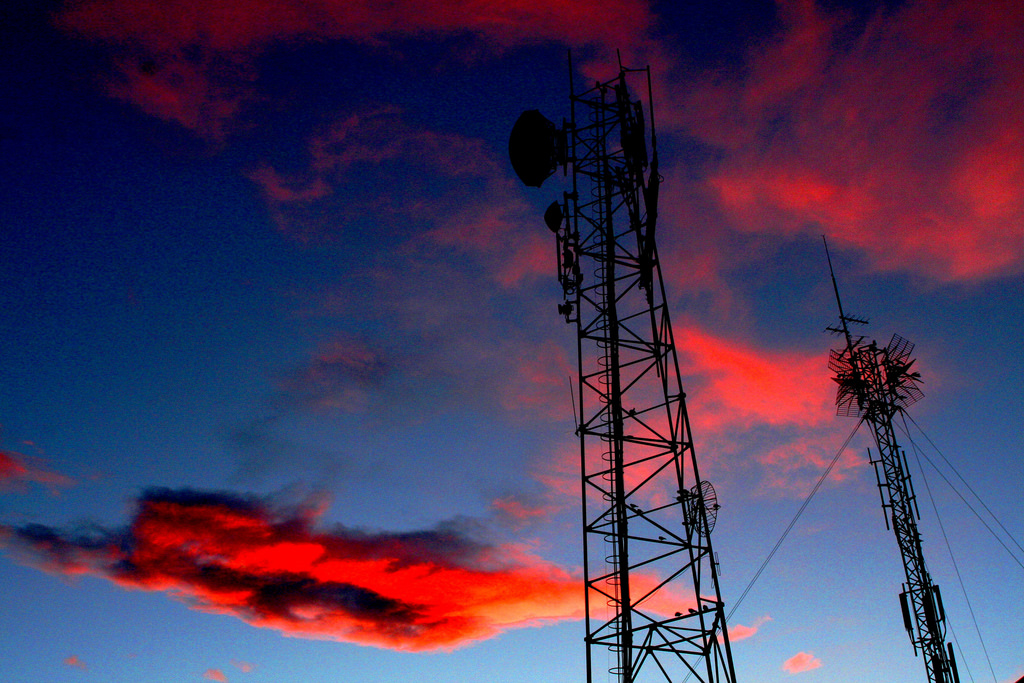In the final days of the Obama Administration and current Federal Communications Commission, commissioners covered a number of business items, including a brush with license revocation for Pacifica radio station WBAI. The series of complaints lodged over a two-year period are the result of broadcasts in which the radio station reportedly referred to an “an escaped fugitive who was involved in the shooting of a state trooper” — possibly Assata Shakur, the only woman on the FBI’s Most Wanted Terrorists list — as a hero.
The decision [PDF] upholds the Commission’s long-held viewpoint on content. The memorandum reads, in part, that the FCC “will not take adverse action on a license renewal application based upon the subjective determination of a listener or group of listeners that the station has broadcast purportedly inappropriate programming.”
The question remains whether a new Administration, renowned for bucking precedent and going on the political offensive, will stick to this protocol.
This commissioners’ meeting happened amid major changes. FCC Chair Tom Wheeler has announced his departure, clearing the way for President-Elect Donald Trump to name the next FCC head and secure a Republican majority on the commission for the first time in nearly a decade.
Shaking up the current order is surely a high priority. Trump has already lined up deregulation players on his transition team. One has to expect the President-Elect’s squad of culture warriors and tough conservatives is going to put responsible use of public airwaves, and perhaps review of decisions like this, on the agenda.
Some may paint the decision as a free speech issue. It may be. However, the FCC in its ruling was also clear about where it drew the line on such debates:
[W]e can deny an application for renewal of a broadcast station license only if we find, after notice and an opportunity for a hearing, that the station has failed to serve the public interest, convenience and necessity, committed a serious violation of the Act or rules, or committed a series of violations that constitute a pattern of abuse.
Attorney David Oxenford is among those encouraged that the FCC memo, taken in among decisions like no longer enforcing the Zapple Doctrine, means content is safe. Yet in the rubric of the FCC, free speech is an issue, but even then only insofar as a radio station serves the “public interest, convenience and necessity.” What’s important is that a Trump Administration FCC will likely take a harder look at such complaints, especially if past filings can establish a pattern of failure to serve the public.
The possibility of license revocation should prompt soul searching within community radio. Is it meeting that standard? It should. Public service is at the heart of what community is and does. Paul Riismandel is among many to tackle the topics of mission, content, service and access. The recent FCC judgment sets the stage for assessments yet to come.
Community radio has its own changes happening. Low-power community stations are helping rekindle the localism fire and bringing radio back to people’s neighborhoods. Groups like Hearken are helping non-commercial stations see relationships as key to success. Moreover, as a former Pacifica program director, news director and producer, I don’t share fellow Pacifica alum Sonali Kolhatkar’s optimism for call-out radio. The sheer number of donations that went to non-profit journalism organizations during Trump’s ascension, but not enough to drag Pacifica off the financial iceberg in spite of its immense reach, hints that public tastes have changed. Today, there’s more interest in an mélange of voices rooted in common values. As Jacobs Media reflects, people today tune in for credibility, depth and balance, as well as learning.
Indeed, part of this discussion must dive into how a station presents itself. As Riismandel implies, community radio came up during a period in which it saw itself as the alternative, even opposition, to various other media. Today, with podcasting, Facebook Live, audio/video streaming, the web and narrowcasting by non-profit and for-profit entities, what alternative and opposition mean to the average person is hard to say. I don’t pretend to be in a position to tell a community radio station what it should and shouldn’t air. The WBAI case goes into a much longer and more complicated tension in some community radio quarters: “truth telling” versus an individual DJ with an opinion that may not represent the wider community. Regardless, I’ll say in general it’s imperative for stations to look at programming in the lens of FCC expectations. Each community radio station must define what it wants of its DJs, its programs and its presence in its local area, in the context of regulations, community standards and the like.
My argument is not in favor of homogenizing content. Community radio does not have to sacrifice courage or boldness to serve the public. Look no further than a program like Reveal, offered by PRX free to community radio, for investigative journalism and penetrating conversation, which transverses criminal justice, voting rights, day care regulation and issues with profound significance. Check out the Association of Independents in Radio’s Finding America series for rich storytelling that embraces public and community media’s core mission. One just needs to look a bit deeper, and try harder.
Now and always, non-commercial educational radio has to center community service and their FCC licenses above all else. Taking a look at how community radio programming and engagement serve the public is meaningful, not just for the future but also for potential examinations of their records. In a Trump Administration — one where accountability and draining the swamp aren’t just rhetoric but action — community radio stations that don’t take service and their licenses seriously must do so.
This piece originally appeared on Medium, and has been reprinted with permission.
Photo: Alex Kahn/Creative Commons

